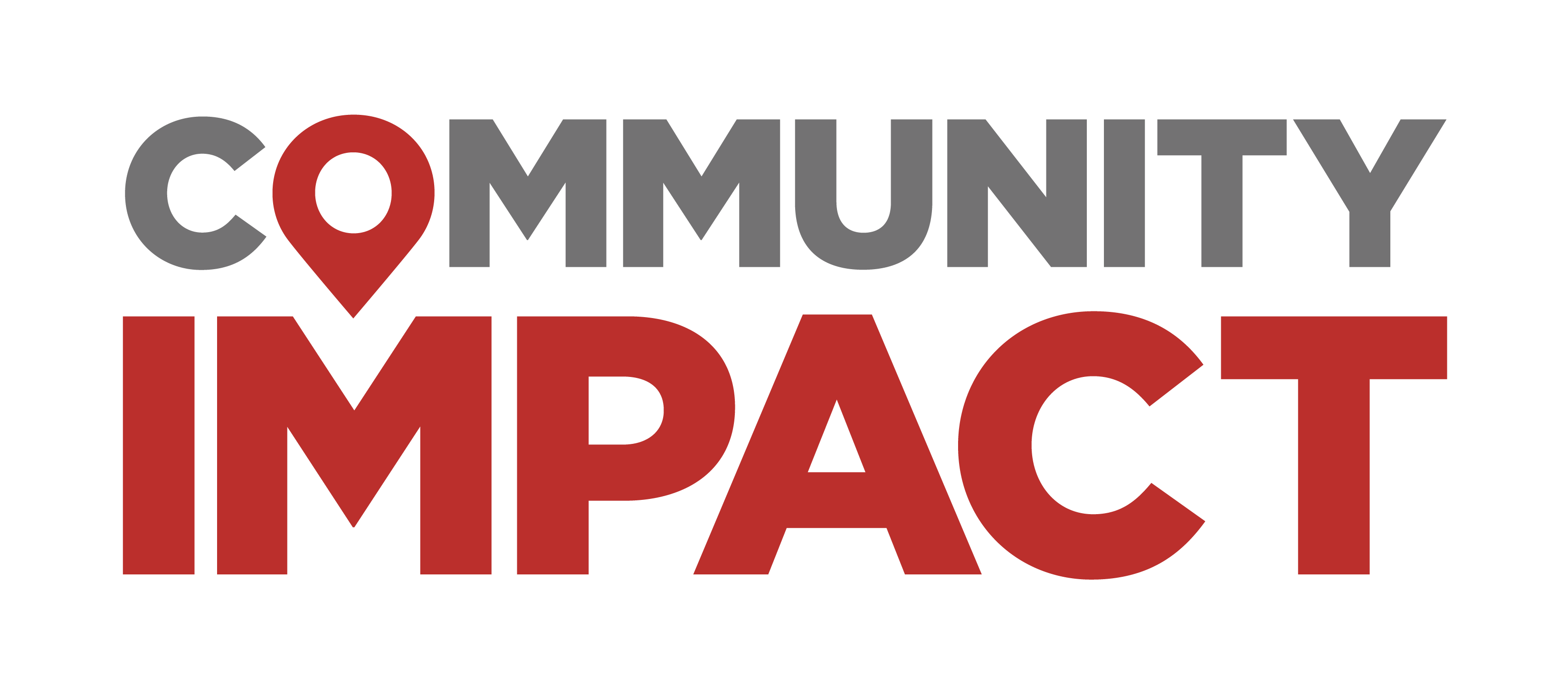Residents in the area, a roughly 4,000-acre section of the city south of Silverado Trail and McKinney Ranch Parkway but north of SH 121, have reported weak cellular service, according to a presentation at a Feb. 4 McKinney City Council work session. City staff presented an update on existing cellular towers as well as cellular towers under construction in the area.
The gist
The area currently has three telecommunications structures, or cellular towers, that are registered with the Federal Communications Commission, city documents state.
These towers serve the roughly 38,000 residents that live in the southwest section of the city, Executive Director of Development Services Michael Quint said at the meeting.
“Right now, there are only three registered cell towers in that vicinity and two of them are almost right next to each other, so not providing a lot of wide ranging cell coverage there,” he said.
The structures are a private utility, Quint said, explaining that they are not installed or operated by city officials. As a result, the number of cellular towers, where they are located and when they are developed is not dictated by city officials.
Additionally, cellular towers can support equipment from multiple carriers, and the coverage in any given area will only improve if a resident’s cellular service provider co-locates, or adds their service equipment, to the telecommunications structure, Quint said.
“Just because you see the tower doesn’t mean antennas have been mounted to it, it doesn’t mean that you’re going to see instant cell coverage improvements,” he said. “[Cellular service providers] have to go and install their equipment on the tower.”
Diving in deeper
The development of telecommunications structures within the city of McKinney was made easier by the adoption of the Unified Development Code, or UDC, in November 2022, Quint said.
Prior to the adoption of the UDC, which consolidated and updated the city’s development regulations, nearly every cellular tower in development required a special approval process.
Under the new code, low-rise cellular towers up to 40 feet and stealth towers up to 70 feet that meet city development criteria are allowed by right within every zoning district in the city, according to the presentation. High-ride cellular towers over 40 feet that are not stealth towers, meaning the telecommunications equipment is visible, are allowed with the approval of a specific use permit.
“This is a new change that was just adopted in November [2022] because we recognize there are some areas of the city that could stand to have better coverage,” Quint said.
The current situation
Since the adoption of the UDC, there are three new cellular tower projects underway in southwest McKinney.
The 217-feet tall Stacy Road Elevated Water Storage Tank is under construction, and will offer opportunities for cellular providers to co-locate on the structure. It is expected to be completed in January 2026.
Another structure is under construction at TPC Craig Ranch. The 115-foot tall cellular tower will offer opportunities for five providers to co-locate on the structure, which is expected to be completed in April.
The third tower is coming to the StarCenter in Craig Ranch. The 110-foot tall tower is under development, and will offer three co-location opportunities. A specific use permit is expected to be considered for the tower by the City Council in March, and the tower could be completed by August, city staff said.
City council member Patrick Cloutier said the area may see better service from some providers as these towers come online to serve the high demand in the area.
“It seems reasonable to expect, albeit it’s not guaranteed, that AT&T coverage will improve around the Craig Ranch area in April when this goes live,” Cloutier said of the new cellular tower project.
What they’re saying
Council member Justin Beller referenced the pursuit of a citywide open access fiber optic network as one city initiative intended to increase access to private utilities.
“We were fairly proactive and aggressive on trying to ensure that everybody had access to fiber ... We tried to ensure that, even though it is a private utility, everybody has access because it is necessary,” Beller said. “This seems like the same type of thing when we are talking about gaps in service.”
Beller said he would like city staff to explore ways to remove any remaining barriers to telecommunications infrastructure development in the city. Cloutier suggested city-owned land could be considered as a potential site for telecommunication structure development.
“We have people who can’t make phone calls inside of homes, which means in today’s world, they probably can’t call emergency services in their homes because they don’t have phone lines,” Beller said.
Quint said the city has an opportunity to pursue projects through a request for qualifications process to encourage telecommunications infrastructure development, but the city generally does not have the power to attract providers to locate on the towers or expand service in a specific area.
“Wherever we can foster, facilitate, expedite service in an area that is a known gap and we have the ability to control that with city land, we’re certainly going to look at that,” City Manager Paul Grimes said.
Quote of note
“We’re still in one of the fastest growing regions in the country and we’re going to have people moving in, and we need to get access,” Mayor Pro Tem Geré Feltus said.






